
The ubiquitous statistics claim that more than 80% of the population is diagnosed with multi-stage cervical spine osteochondrosis. Meanwhile, doctors warn of the very dangerous consequences of neglected ways, which can become a threat not only to health, but also to the patient's life.
Osteochondrosis of the cervical region - what is it
In itself, the disease of osteochondrosis is an irreversible degenerative-dystrophic destruction of the vertebral discs and vertebrae. It is characterized by a violation of the integrity of the intervertebral component, which causes intervertebral hernia and protrusion and further destruction of the bones of the vertebrae. These changes lead to complex processes in the body and, in addition to causing severe pain, affect the functioning of the body as a whole.
The process is irreversible, it is impossible to restore damaged cartilage and discs, you can only delay their destruction.
The danger of such a process in the cervical region is multiplied due to the presence of a large number of nerve fibers and blood vessels that connect the brain and the human body, as well as the proximity of the placement of the vertebrae (there are 7 of them in a small space).
Heads up! The slightest compression of the arteries, nerve fibers or blood vessels in the cervical spine will lead to a series of symptoms, the severity of which will depend on which roots or vessels are being squeezed.
The reasons
There are many reasons for this dangerous disease, although it is not yet known exactly why osteochondrosis occurs in a specific area. Among the factors that cause cervical osteochondrosis are:
Lifestyle
This is the most voluminous factor both in quantitative and qualitative terms. Must include:
- sedentary form of work;
- prolonged stay in a tense or uncomfortable position for significant periods of time;
- small physical loads on the spine (this contributes to the weakening of the muscular corset);
- too much stress on the spine.

Today, a very large number of people are subject to the factors listed for the occurrence of this disease due to the prevailing model of social life and social behavior.
injuries
Spinal injuries in 90% of cases are accompanied by cervical osteochondrosis. It often does not occur immediately after the injury, but after some time. Here, the main component of the occurrence will be the broken integrity of the ridge.
hormonal disorders
This factor can appear already in adolescence, during the restructuring of the child's body. This type of osteochondrosis can be successfully treated.
If osteochondrosis occurs against the background of menopause or diseases that alter the hormonal background (diabetes mellitus, multiple sclerosis), treatment will be symptomatic.
genetic predisposition
This reason almost always occurs concomitantly with others. Since genetic predisposition itself is not the basis of the disease, but it is of great importance in the case of other factors.
Symptoms
The manifestations of cervical osteochondrosis are very similar to many diseases, which makes diagnosis difficult. Its manifestations depend on which nerve roots are compressed, in addition, many symptoms are associated with impaired blood circulation in the brain. Despite the wide range of symptoms, some of the most common can be distinguished. Its appearance and strength will depend on the degree of development of the disease. Here they are listed by frequency of occurrence.
Headaches in osteochondrosis of the cervical spine
One of the first, most persistent, and most frequent symptoms of cervical osteochondrosis is a migraine-like headache. It will be stopped well by painkillers, but as the disease develops, its intensity increases and it becomes increasingly difficult to stop.

The pain can be implanted by a pulsation in the temples and in the back of the head, it can affect the parietal region, give to the parietal bone.
Neck ache
Usually mild at first, neck pain appears only when you touch the affected area, in the future the pain may radiate to the back of the head, shoulder, arm (this depends on which nerve endings are pinched). At the same time, it appears when turning or tilting the head, a sudden movement of the body, it is constant, it has an increasing intensity.
Limited range of motion, crunch
Another symptom of cervical osteochondrosis is restriction of head and neck movement, it is difficult for the patient to turn the head, there is no way to do it fully, it is impossible to tilt the head forward or backward. When turning, there is a characteristic crunch.
hand weakness
If the nerve roots responsible for innervating the upper limbs are damaged, weakness in the arms appears and, in severe cases, paralysis can occur.
Numbness of hands or body
By squeezing the roots responsible for sensitivity, there is loss of sensation in the hands, fingers or numbness of individual areas. With advanced forms of the disease, paralysis (total or partial) of the hands and the whole body is possible. This again depends on which nerves are affected.
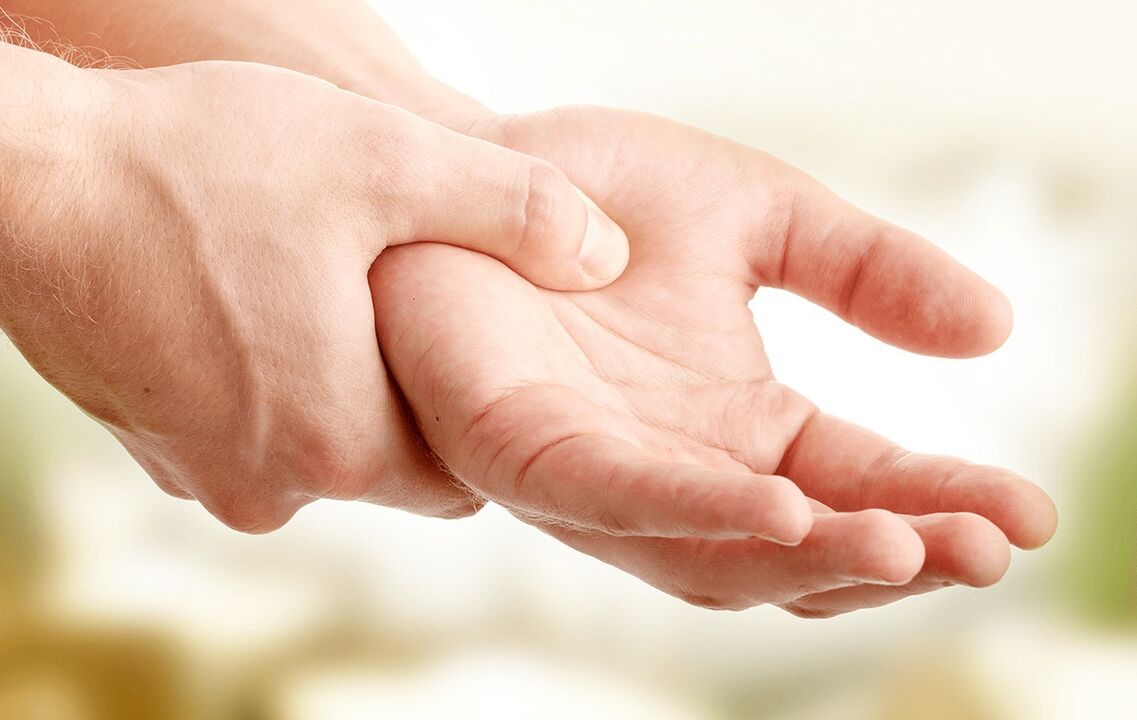
Decreased hearing, vision
This disease is characterized by signs such as hearing loss and vision loss, numbness of the lips and tongue. These organs are nearby and are the first to suffer from insufficient oxygen supply to the brain.
Dizziness with cervical osteochondrosis
With cervical osteochondrosis, one of the most unpleasant symptoms will be dizziness, sometimes it can be accompanied by loss of coordination, in some cases there are fainting, nausea. These symptoms are associated with impaired cerebral circulation as a result of compression of arteries and blood vessels.
About diagnostic methods
If one or more symptoms of cervical osteochondrosis occur, it is best to see a doctor for a diagnosis. There are several methods for diagnosing osteochondrosis, the most informative among them will be:
- computed tomography;
- Magnetic resonance imaging;
- blood vessel dopplerography;
- The most used is radiography.
For the diagnosis of osteochondrosis in the early stages, radiography will be of little information. Vessel Dopplerography is performed in difficult cases, when severe symptoms occur: loss of sensation in large areas, paralysis, fainting.
Successful treatment is possible only in the early stages of the disease and depends on the correct diagnosis.
stages of the disease
The disease is characterized by an increase in symptoms and its severity, there are 4 stages.
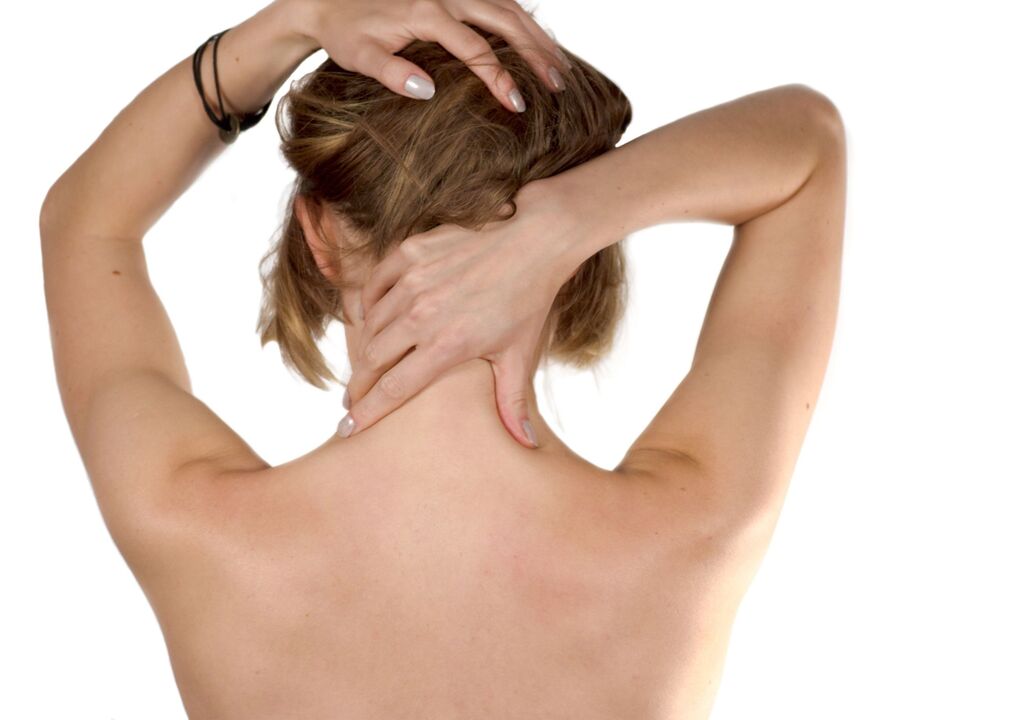
- I-I - is neck pain when touching the affected nerve endings. Pain occurs when turning the head or neck. At the level of the spine, no damage is detected, only violations of the intervertebral space.
- II-I - is the onset of acute pain, which can radiate to the arm, shoulder and which intensifies when turning the head. Migraine-like headaches. The pain is caused by small destructive changes in the vertebral discs.
- III-I - increased pain, which becomes constant, numbness occurs, stiffness of head movements, weakness in the hands, attention and memory are disturbed. At this stage, there are violations of the integrity of the discs (cracks, protrusion of the joint bag), intervertebral hernia.
- IV-I - characterized by destruction of discs and vertebrae, violation of bone integrity. At this stage, surgery is often necessary, as hernias can cause paralysis and immobilization of the upper limbs or the entire body.
Treatment of osteochondrosis of the neck at home is possible and necessary in stages 1-2, the 3rd stage requires medical treatment under the supervision of a doctor.
treatment at home
Before starting treatment at any stage, it is necessary to consult a vertebrologist who will make the correct diagnosis and carry out the necessary tests. Osteochondrosis can have symptoms similar to heart failure (hypertension, difficulty breathing, problems with attention and memory).
Heads up! With incorrect or untimely treatment, cerebral ischemia, stroke, spinal cord compression, radiculopathy are possible, and these complications of the disease are often life-threatening.
With a correct and timely diagnosis, home treatment should include the following components:
- drug treatment;
- massage;
- special physical exercises.
All three components are very important, they must necessarily undergo complex treatment, which will guarantee a good result for a long time.
Massage
A very good effect after acute pain relief will be given by traditional massages. Their courses are recommended to be taken at least once every 6 months. Today, there is a wide variety of techniques for the treatment of cervical osteochondrosis, which will allow you to choose the most appropriate option.
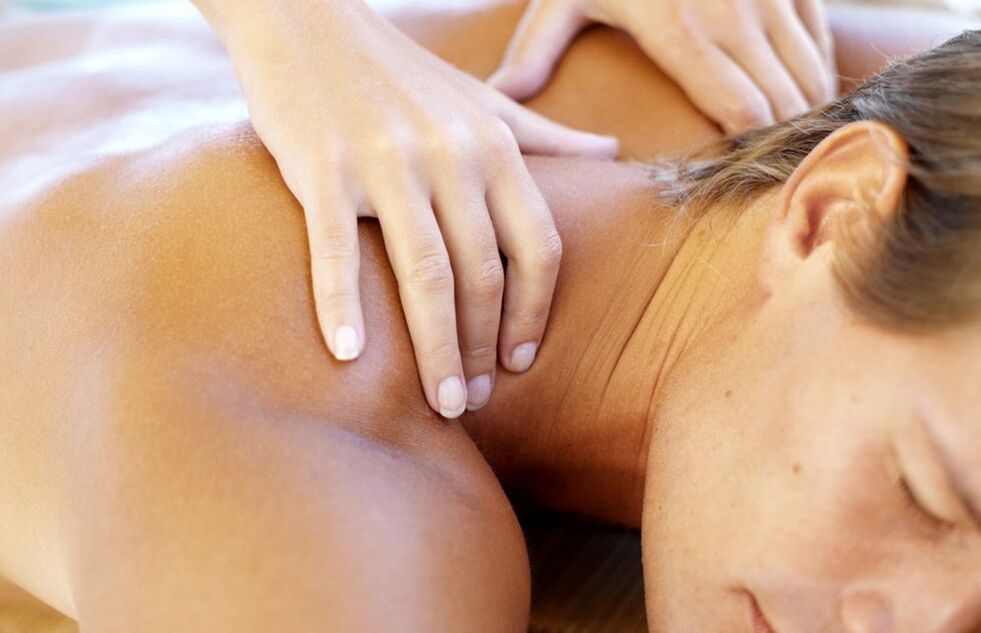
- There are high quality manual techniques that allow you to obtain a good result.
- A new direction is osteopathy, focused on treatment with the hands, but considering the human body as a unit of the musculoskeletal, nervous and mental systems.
- A good solution would be a professional acupuncture course given by an experienced specialist.
- Successfully, massage is replaced by hirudotherapy (treatment with leeches), not without reason, equated with acupuncture.
Exercises for osteochondrosis of the cervical spine
One of the factors in the occurrence of this disease is small loads on the muscle corset. We lead a sedentary life, we spend a lot of time in the same position, often uncomfortable. So, 10 simple exercises to strengthen the neck muscle corset should be included in your daily workout for everyone. It is especially important to deal with them for those who show the first signs of this disease.
Exercises should only be performed when acute pain is relieved. When exacerbated, it is undesirable to do so.

- Do it standing 5-7 times: feet shoulder-width apart, stomach pulled in, shoulders straight. Raise your arms out to the sides and up, then connect them at the top and bring them back, trying to connect your shoulder blades. Then stand straight again.
- Standing is fine, but you can also sit 7-10 times. Wrap your arms around yourself (as if hugging), try to do it as hard as possible (elbows forward), then bring your hands back and connect them, touching your elbows with your palms. Try pulling your stomach.
- It's best to do it standing up, but if you feel too dizzy, you can sit down, each movement 3-5 times. The neck is straight, the shoulders are straight. Turn your head to the left and try to touch your shoulder with your chin, don't lift your shoulder. Repeat this, turning your head to the right, make alternate turns.
- Do the same exercise, tilting your head as far back and forward as possible. Try to reach your chest with your chin. Do the inclines slowly.
- Then, very slowly and carefully, make a semicircle from your left shoulder to your right, bending your head forward. Don't make circular motions - just a semicircle. Repeat the movement in the opposite direction.
Do this exercise with your head thrown back as far as possible. Remember that you need to do it slowly and only in semicircles.

- It's also best to do it standing, but you can also sit for 5 seconds. 3-4 times. Close your fists and rest your chin on them. Press your fists hard with your chin for 5 seconds, then place them on the back of your occipital bone and press again. This exercise trains the neck muscles well.
- Perform seated 7-10 laps in each direction. Put your hands on your hips, tilt your head as far forward as possible, it's good that you can rest your chin on your chest. Now turn your head to the left and right alternately, keeping your chin on your chest.
- Perform sitting in a chair with your back low, try to do this at least 3-4 times. With your shoulders back, try to look at the wall behind you.
- Perform sitting on a chair, placing your hands between your knees 5-7 times. As you inhale, lean to the side; on exhalation, sit up straight. Do it alternately left and right.
- Lie on your stomach, bend over. Try doing this 5-6 times. Climb as high as you can and stay as long as you can.
Addendum! Do the exercise at a convenient time, perhaps during a break or when your neck gets tired from a tense pose. There can't be many here. The main thing is not to do it a large number of times at the same time.
Treatment with folk remedies
Treatment of back problems with folk remedies mainly involves heating the affected area. When using recipes for the treatment of cervical osteochondrosis, you should be careful, as the proximity of the brain can make very intense heating more harmful than beneficial.

You need to use recipes that have a mild effect, not producing severe irritation.
grandma's ointment
For your preparation you will need:
- 10 ml of iodine;
- 10 ml of camphor oil;
- 10 analgin tablets (500 mg);
- 300ml of alcohol.
Pills need to be crushed into powder and mixed all the ingredients. The resulting composition is applied in a thin layer to the neck.
compresses
- Potato. It is good to apply a compress of grated potatoes with honey at night.
- horseradish. Fresh horseradish leaves should be kept under steam, cooled and applied for 10 to 15 minutes. to the neck.
- Jump. Crush the unsalted lard (1 tbsp) and add fresh or dried hop cones (1 tsp), apply the resulting mixture to the back of the head as a compress overnight.
- Aloe. Take 1 part ground aloe leaves, 2 parts honey and 3 parts vodka. Mix everything and let it ferment for 12 hours. Apply the compress for a maximum of 15 minutes.
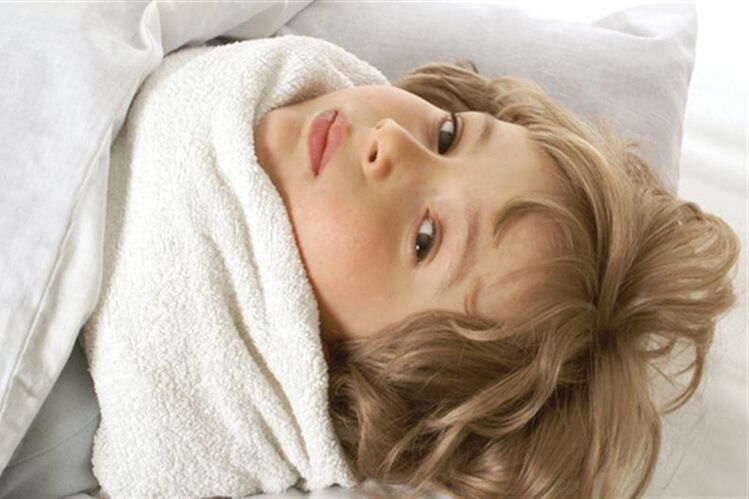
Medical treatment
Traditional treatment should consist of anti-inflammatory drugs that are needed periodically to relieve intense pain and drugs designed to mobilize the body to fight the disease: vitamins, neuroprotectors, chondroprotectors.
Also, depending on the problems that have arisen, medications are prescribed that relieve the symptoms that have arisen when a certain part of the nerve roots is damaged, these can be medications:
- pressure reduction;
- improve vision;
- to relieve numbness.
anti-inflammatory drugs
In the early stages, severe pain can be stopped with the help of pain relievers.
Non-steroidal anti-inflammatory drugs are prescribed during an exacerbation to relieve inflammation. These medications are available in pills, capsules, or injectable solutions. Some are in the form of ointments for external use. The course of treatment must be determined by the doctor.
Prolonged drug use of various non-steroidal anti-inflammatory drugs can lead, even in a healthy person, to irritation of the gastrointestinal tract (GI) mucosa. In the presence of diseases of the gastrointestinal tract - treatment with analgesics causes an exacerbation.
vitamins
Make sure you take B vitamins1,AT THE6,AT THE12). They help improve the functioning of the brain, have a positive effect on the functioning of the nervous system, improve the transmission of nerve impulses, which affects the improvement of the general condition.
These vitamins can be taken as intramuscular injections, according to the schedule or in combination, which will significantly improve their effect. In the early stages of the disease, they are presented as pills (vitamin complexes) or food supplements (not recognized by official medicine).
Medicines that improve cerebral circulation
Neuroprotectors are drugs that affect how the brain works. These include a large group of drugs that affect various processes, among them nootropics that improve memory and concentration.
Medications are prescribed in cases of impaired blood supply to the brain as a result of compression of blood vessels.
Heads up! Neuroprotectants should be prescribed by a neurologist.
chondroprotectors
A special place is occupied by chondroprotectors - drugs that improve the nutrition of the cartilaginous tissue of the spine (glucosamine and chondroitin), which should delay their destruction. Clinically, their positive effect has not yet been proven, but they are used as food supplements and are permitted by health and medical examinations.
These drugs may be helpful in stages I and II. In the future, they are unlikely to have the desired effect.
About diets and nutrition
With cervical osteochondrosis, it is important to eat foods and herbs containing B vitamins, this can be:
- poultry meat;
- porridge, chamomile;
- mint, coltsfoot;
- celery.
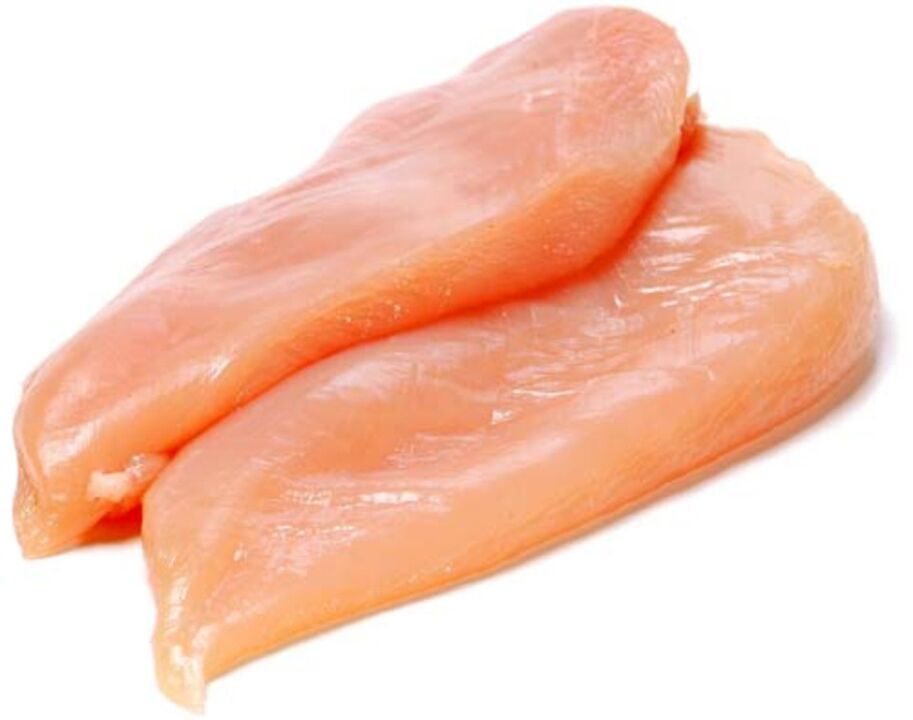
Showing fresh fruits and vegetables. It is undesirable to use salt, its amount should be reduced to a minimum. This is due to impaired cerebral circulation. There is no need to increase your calcium and potassium intake.
Osteochondrosis of the cervical spine is an insidious disease that can lead to complex pathologies that lead to disability. At the same time, correct behavior, moderate physical activity and systemic treatment can delay its development and even stop it for a long time. Live happy and be healthy!















